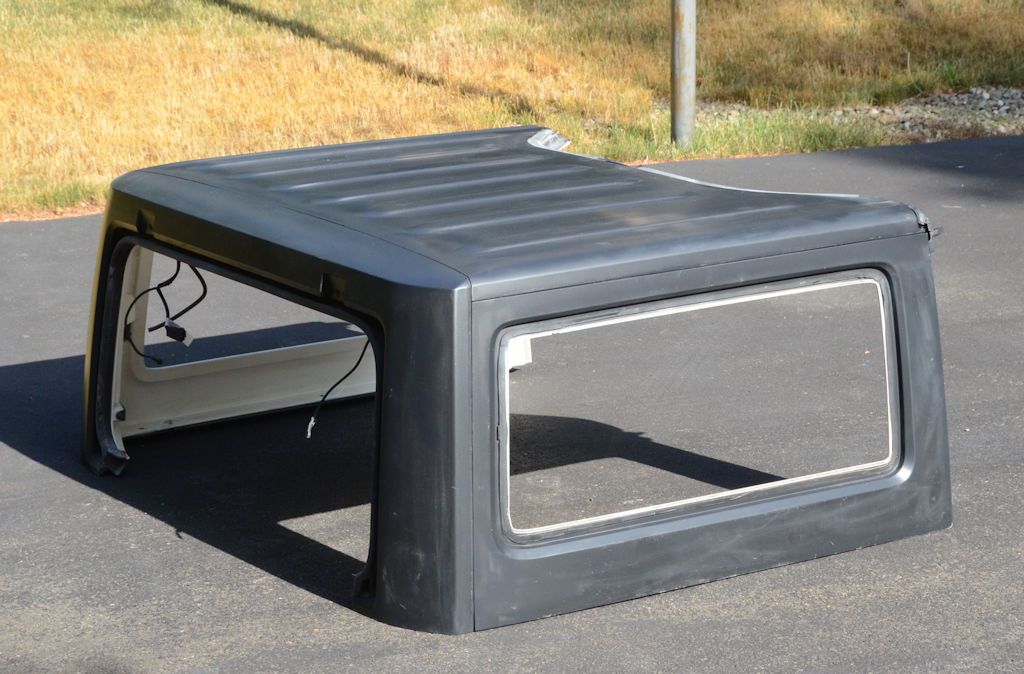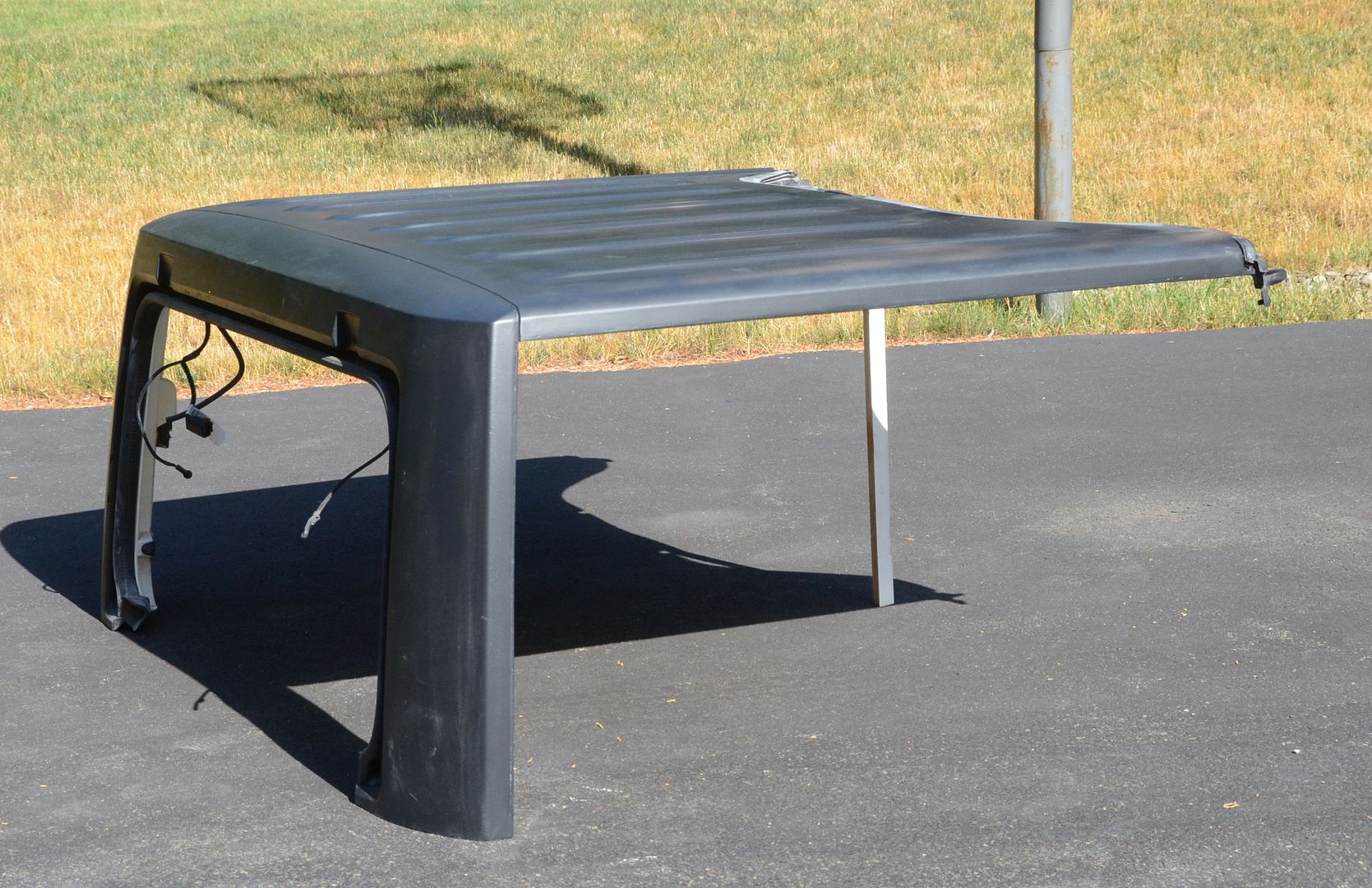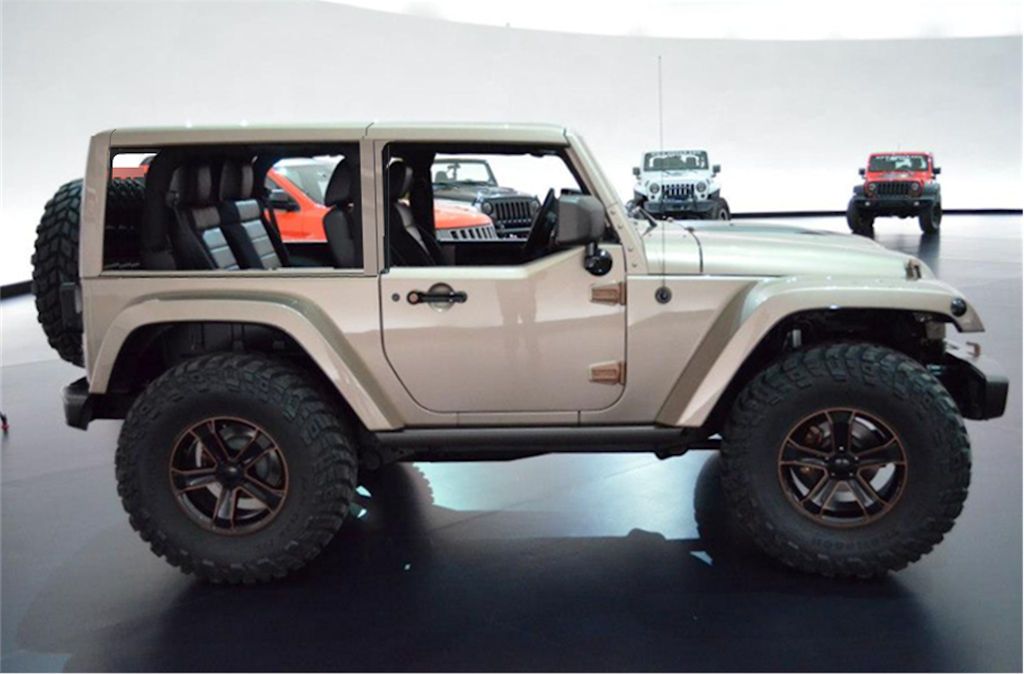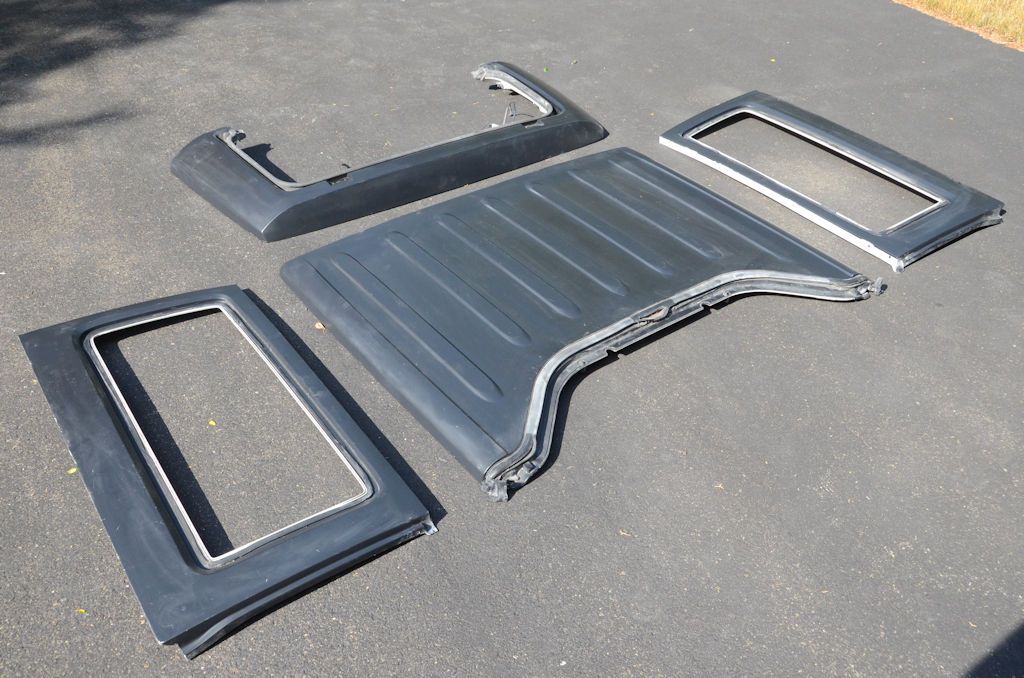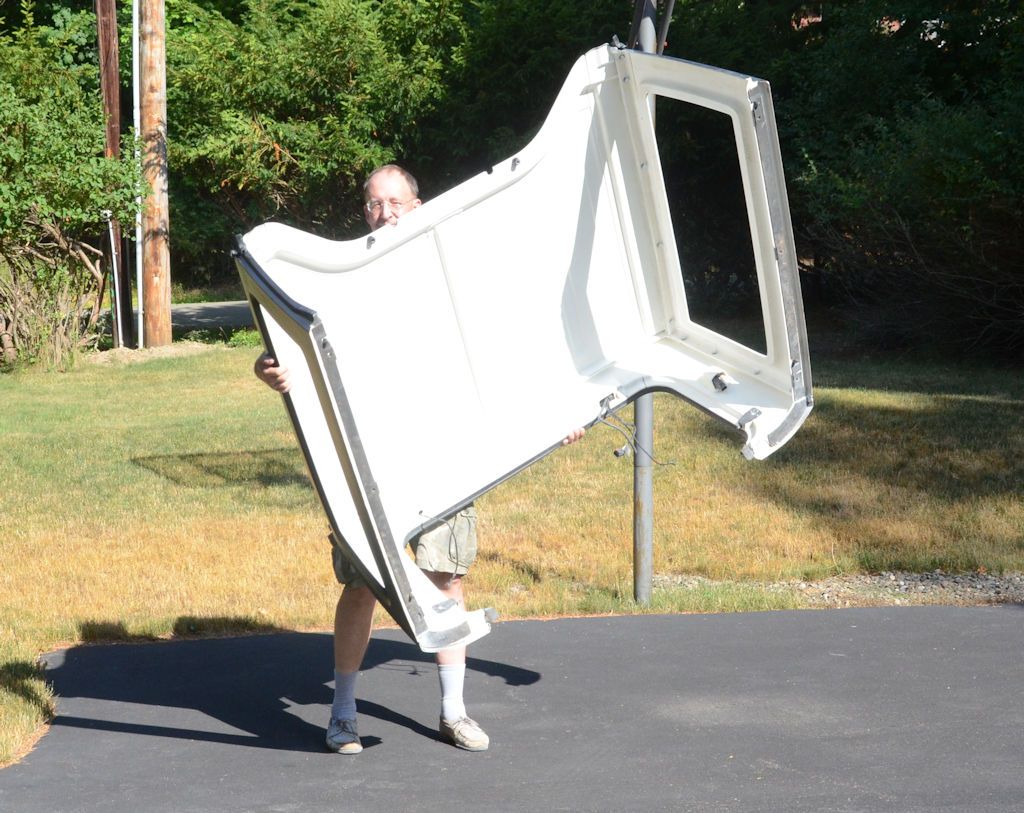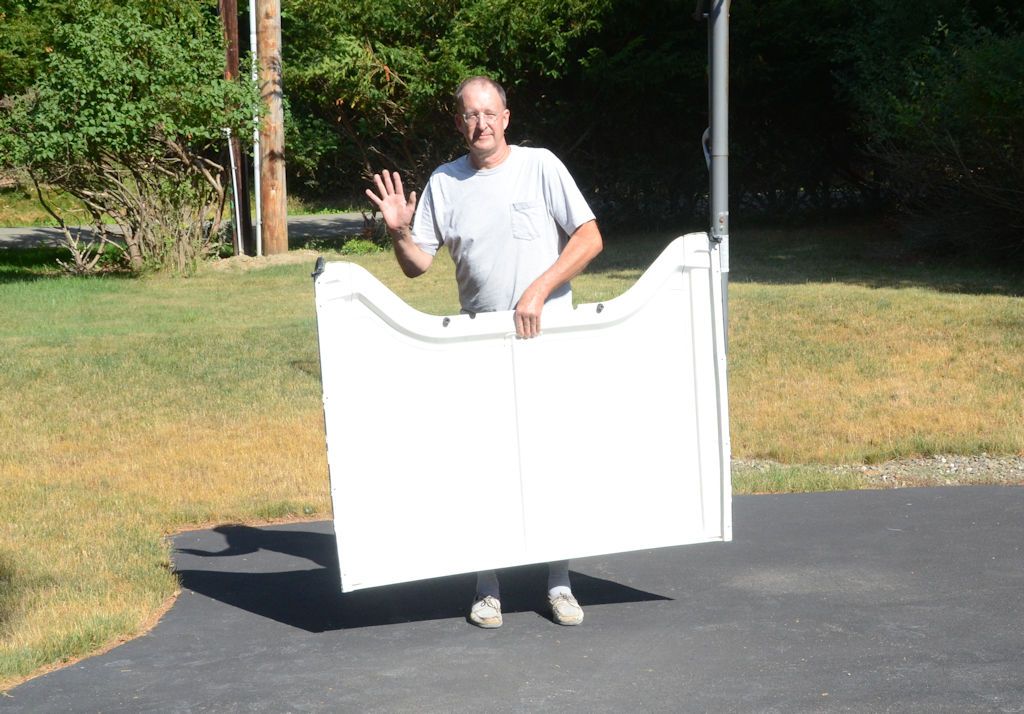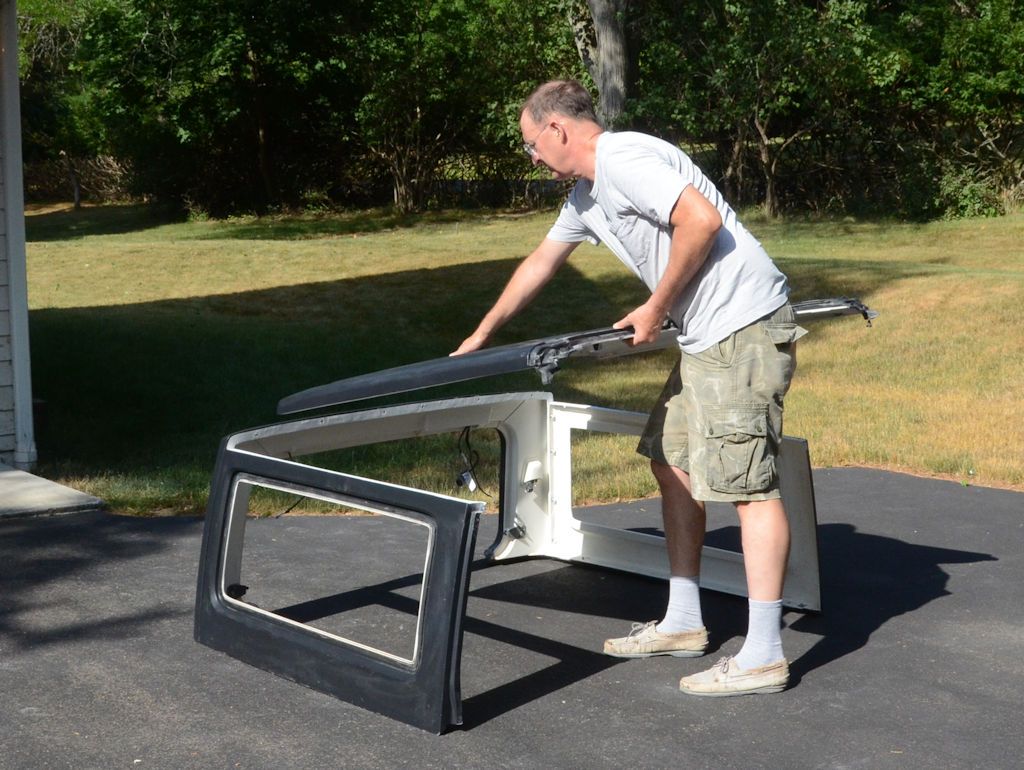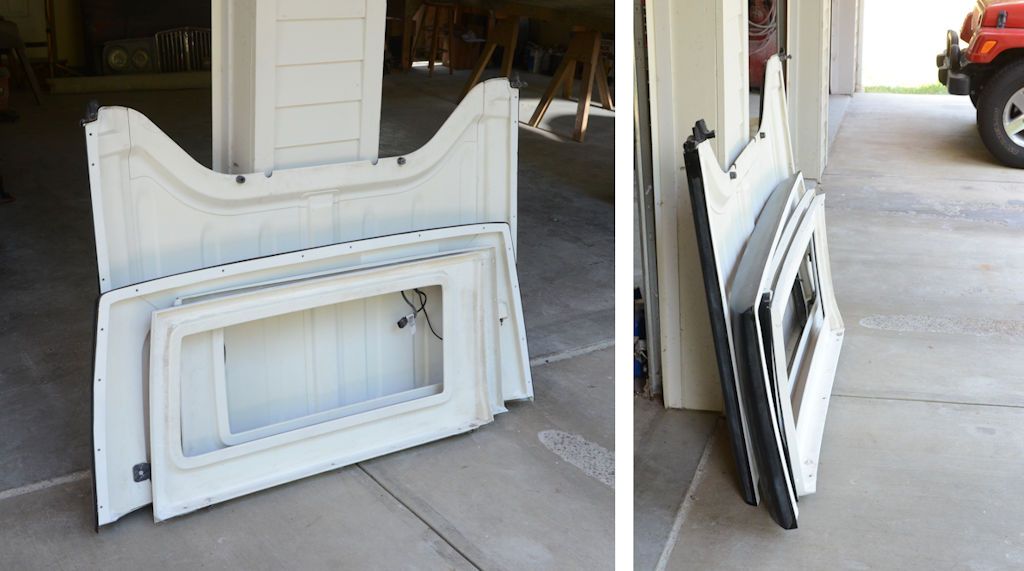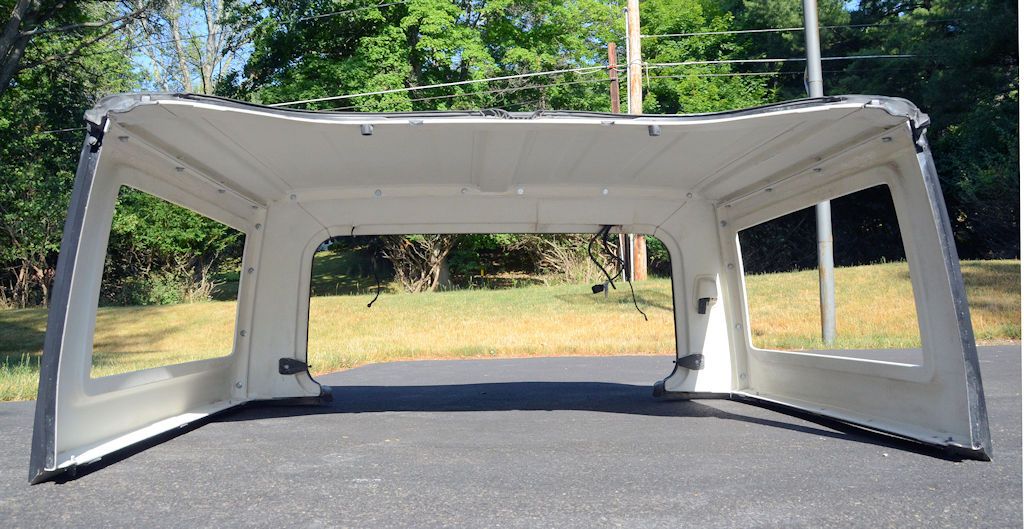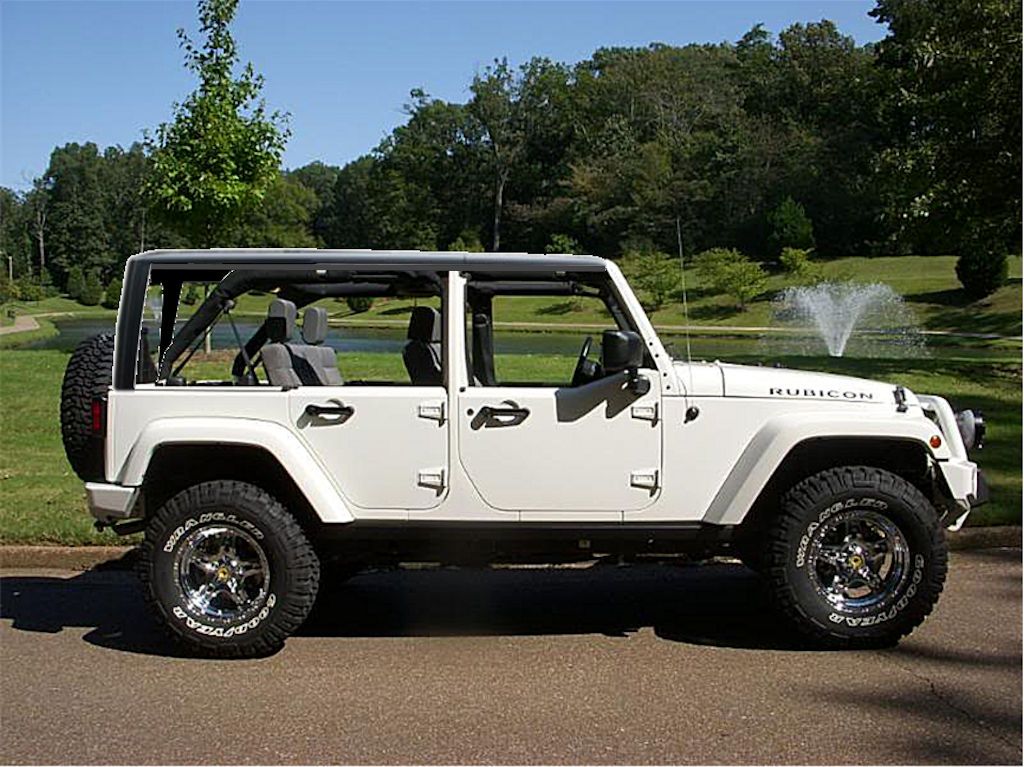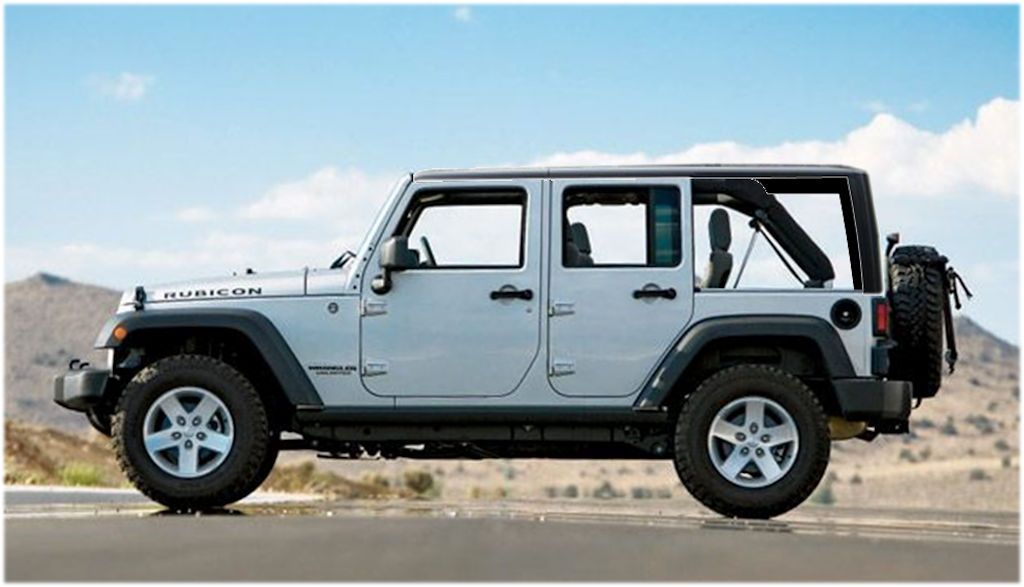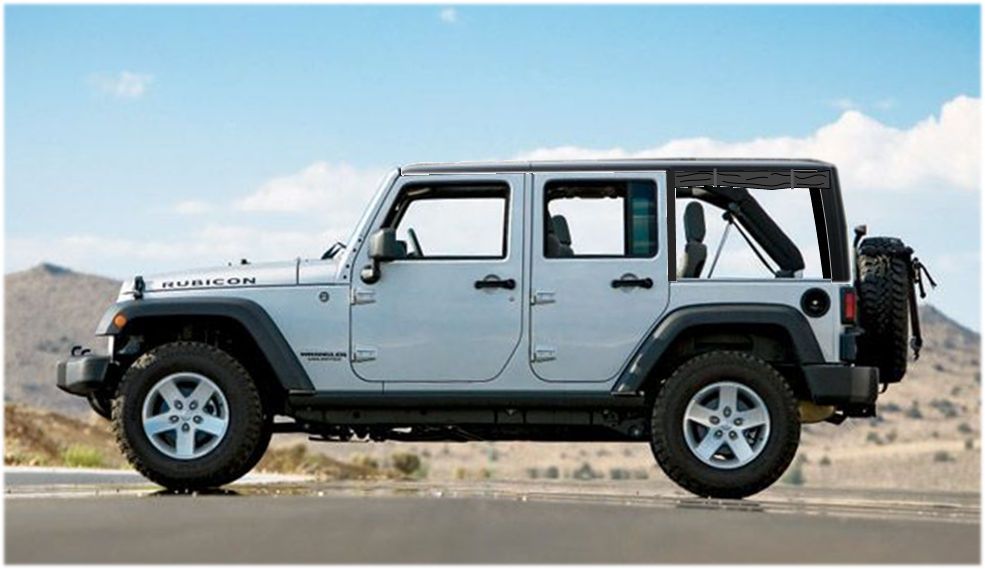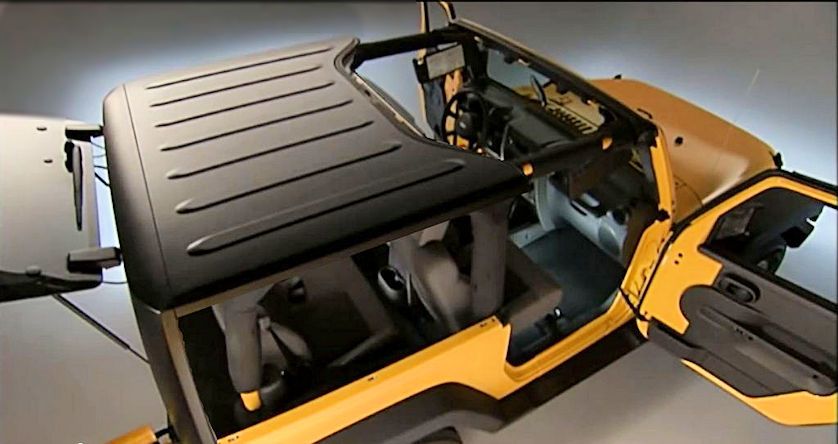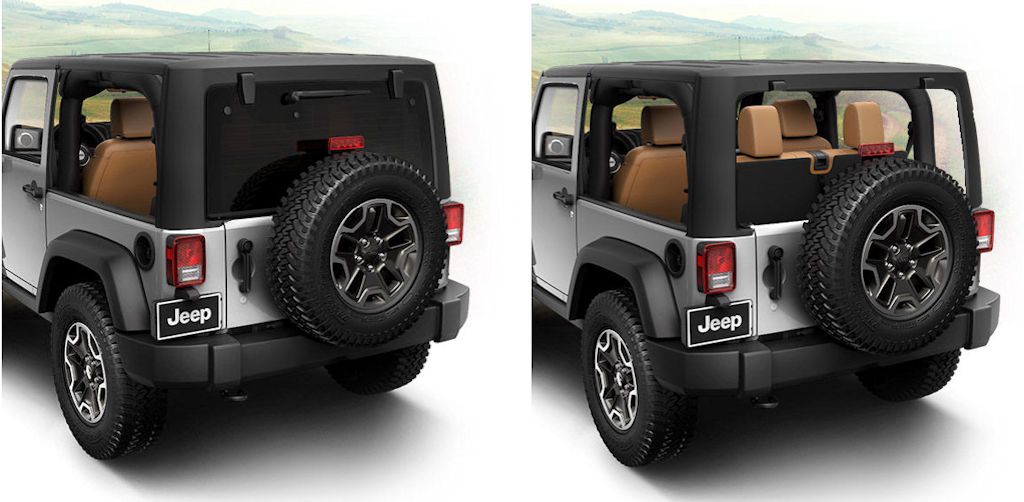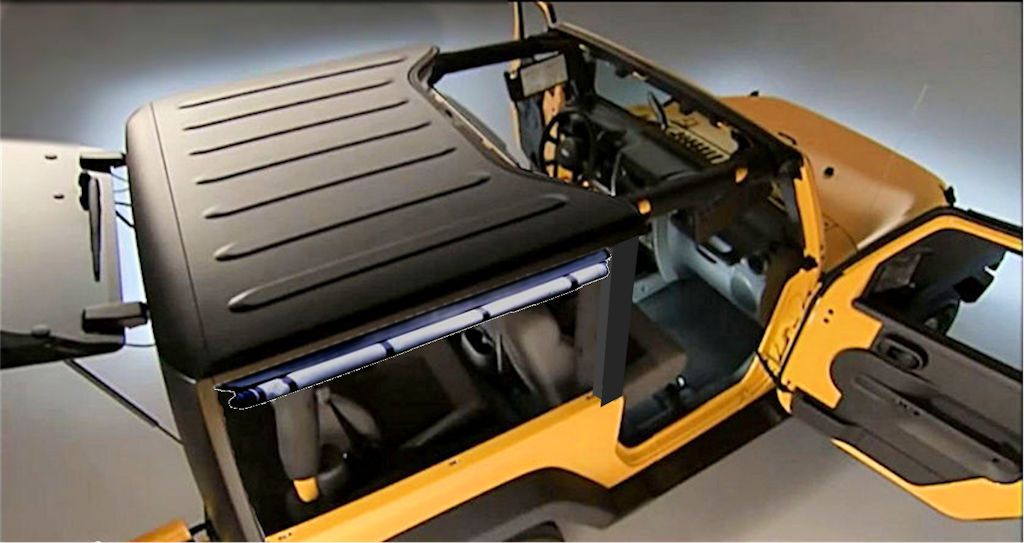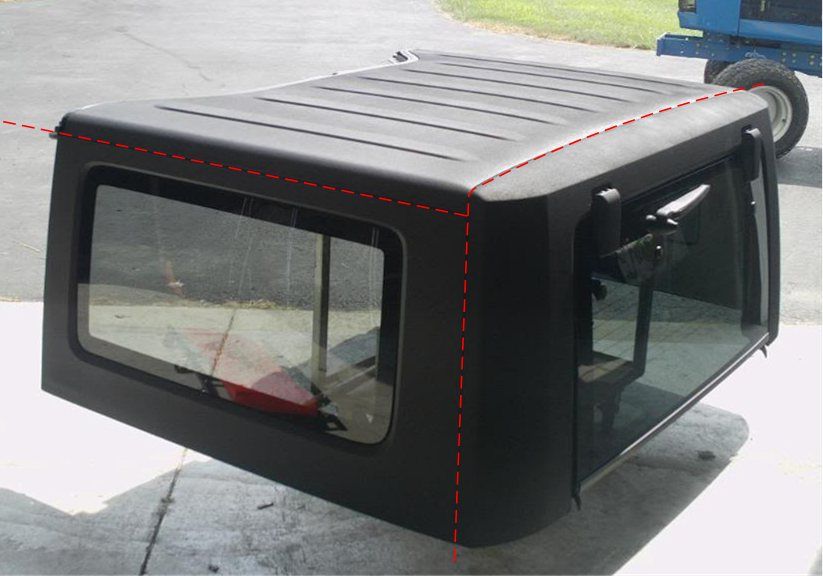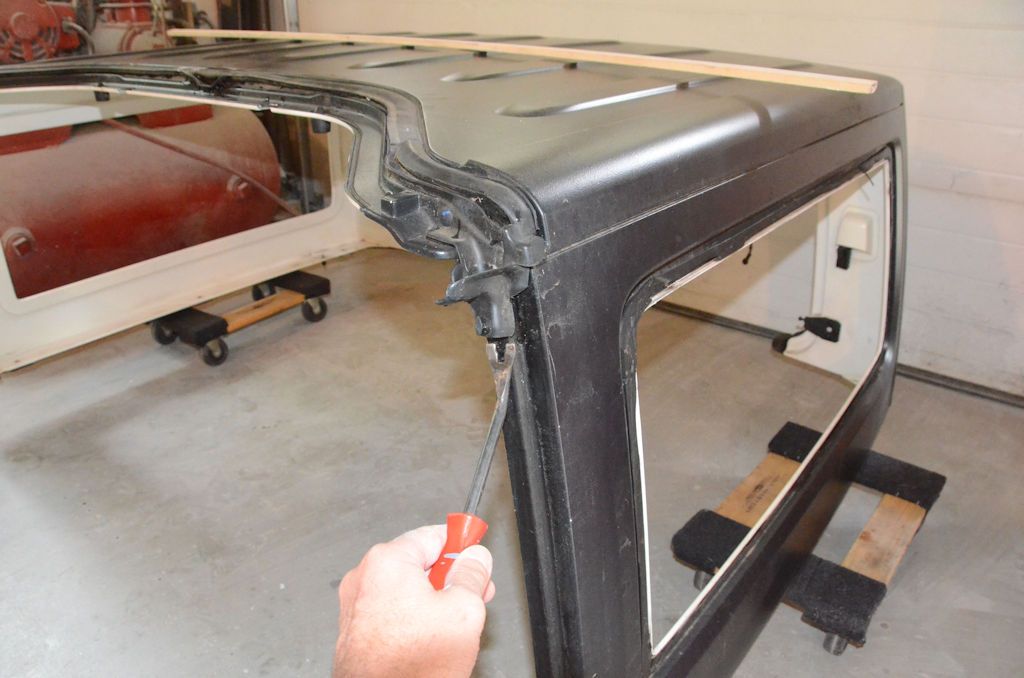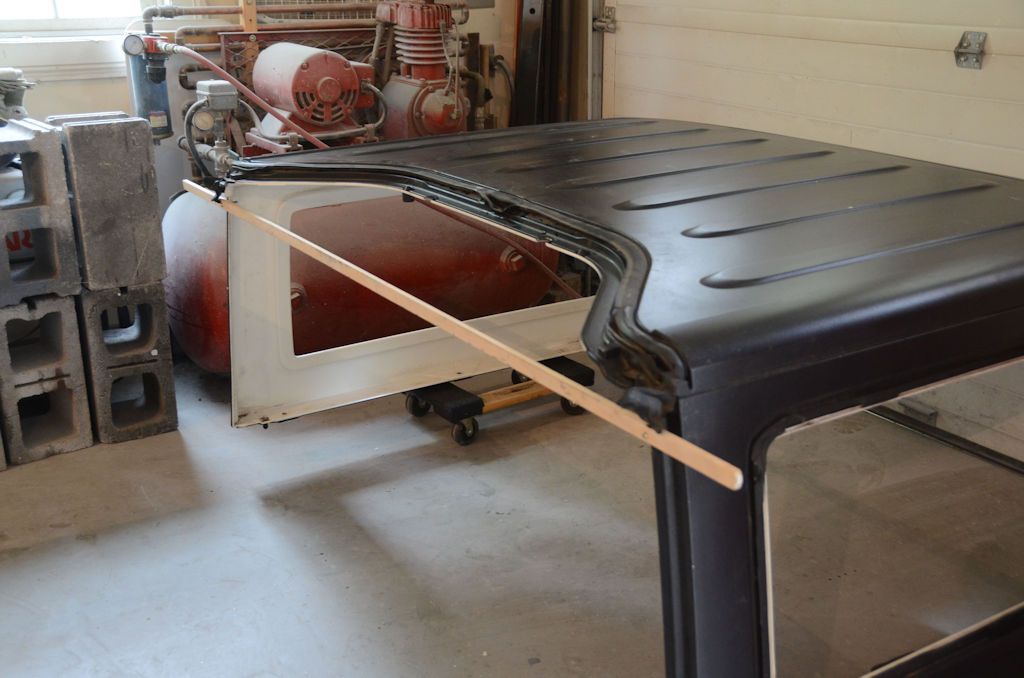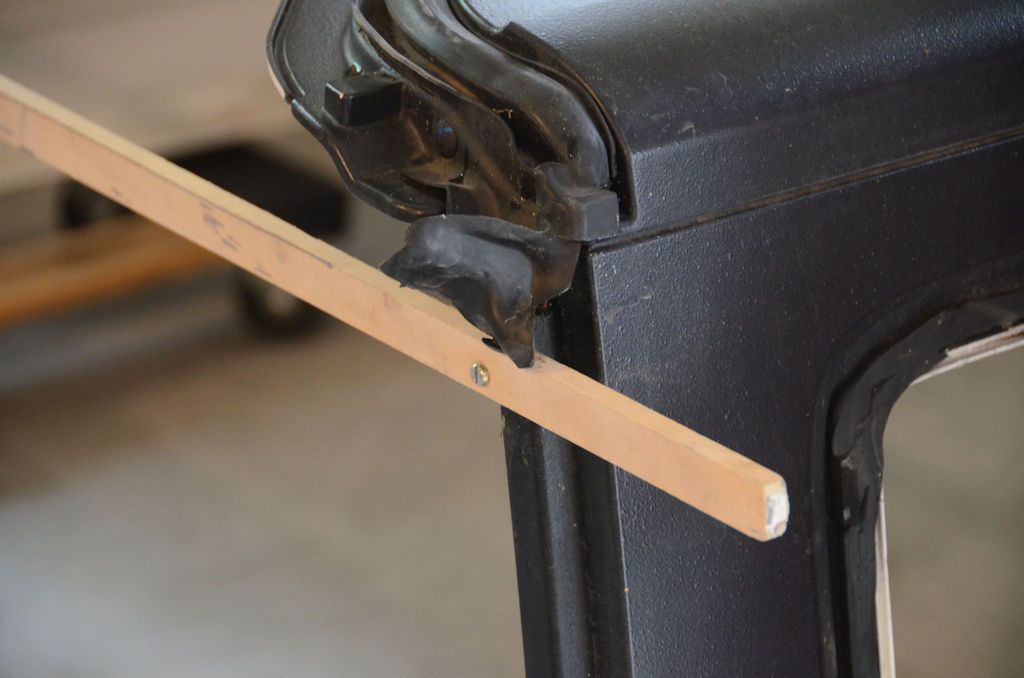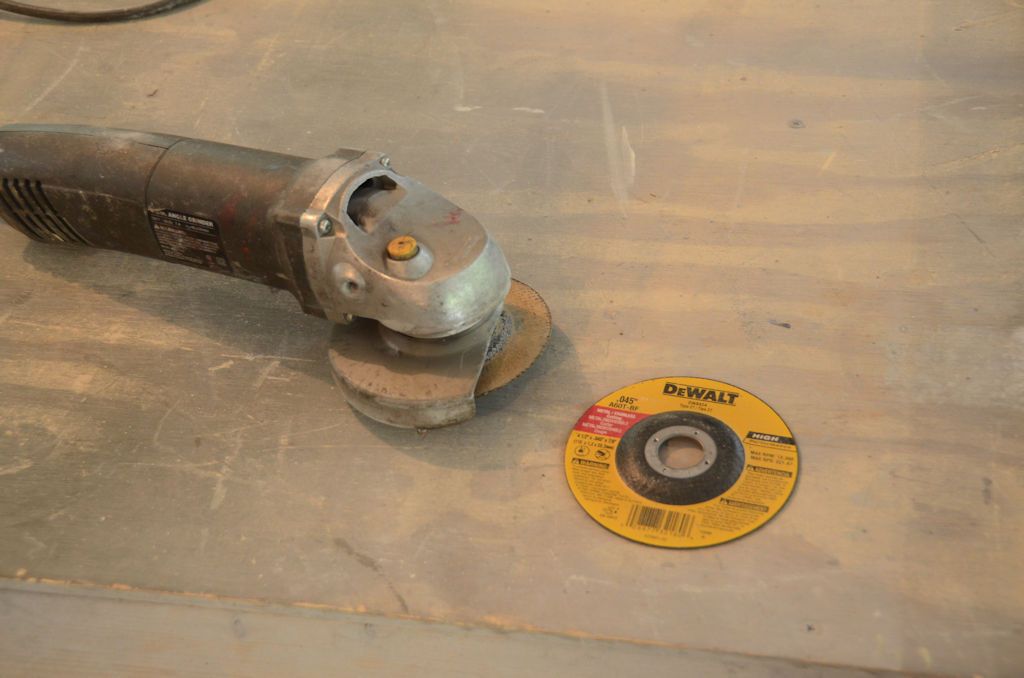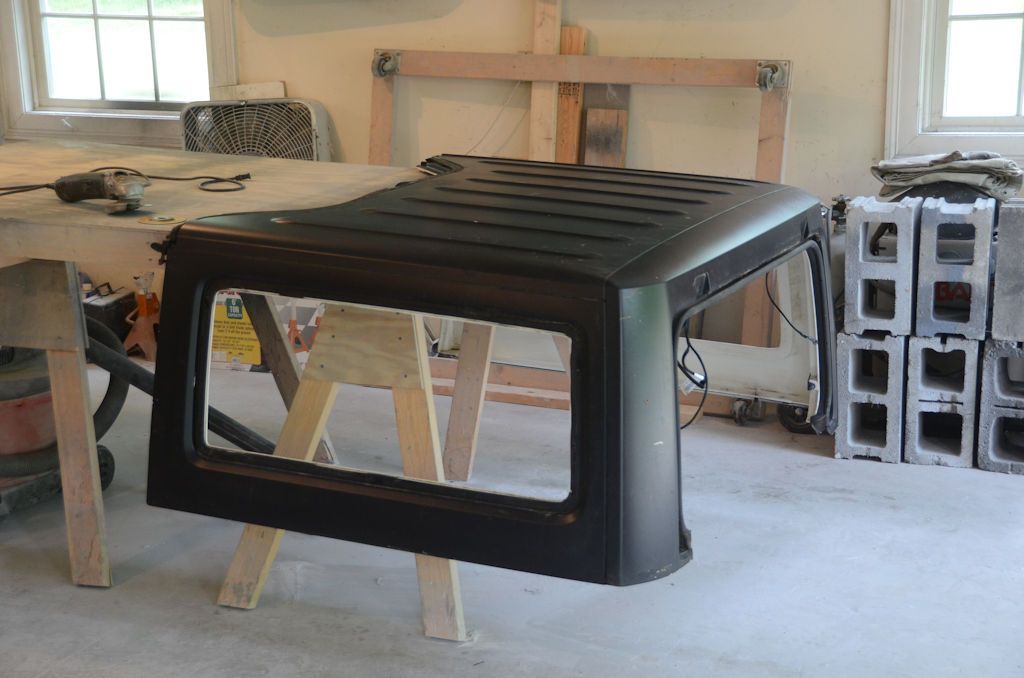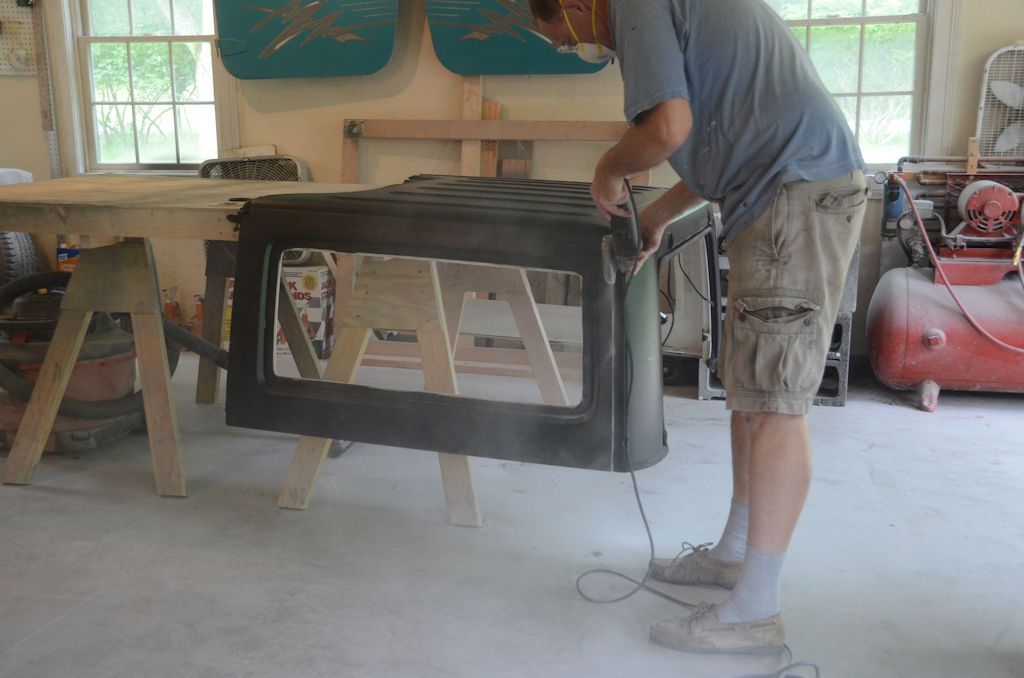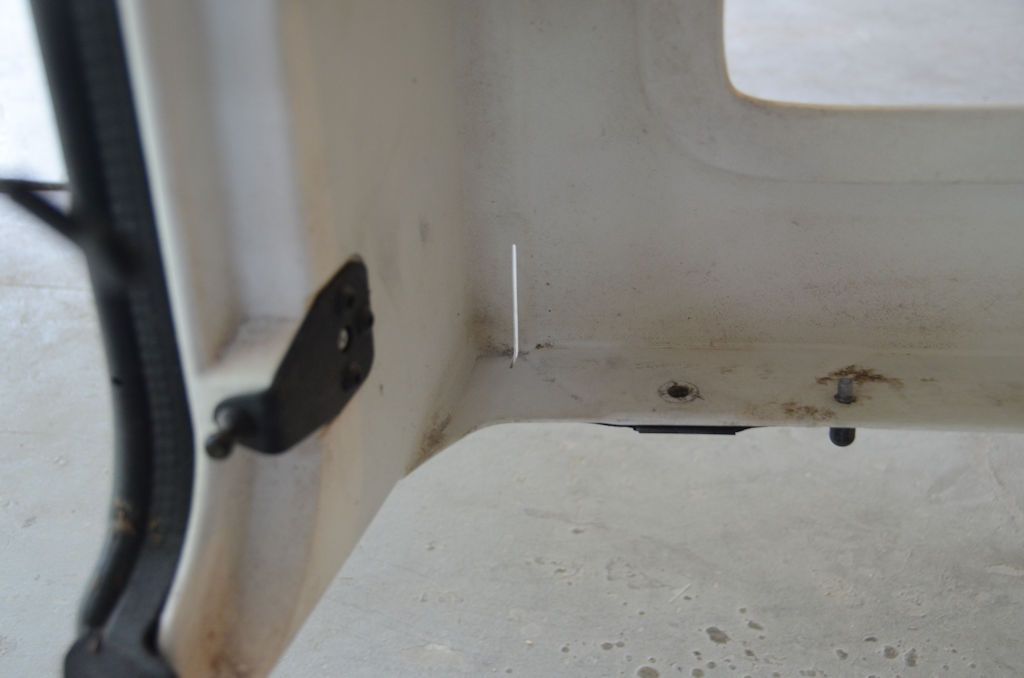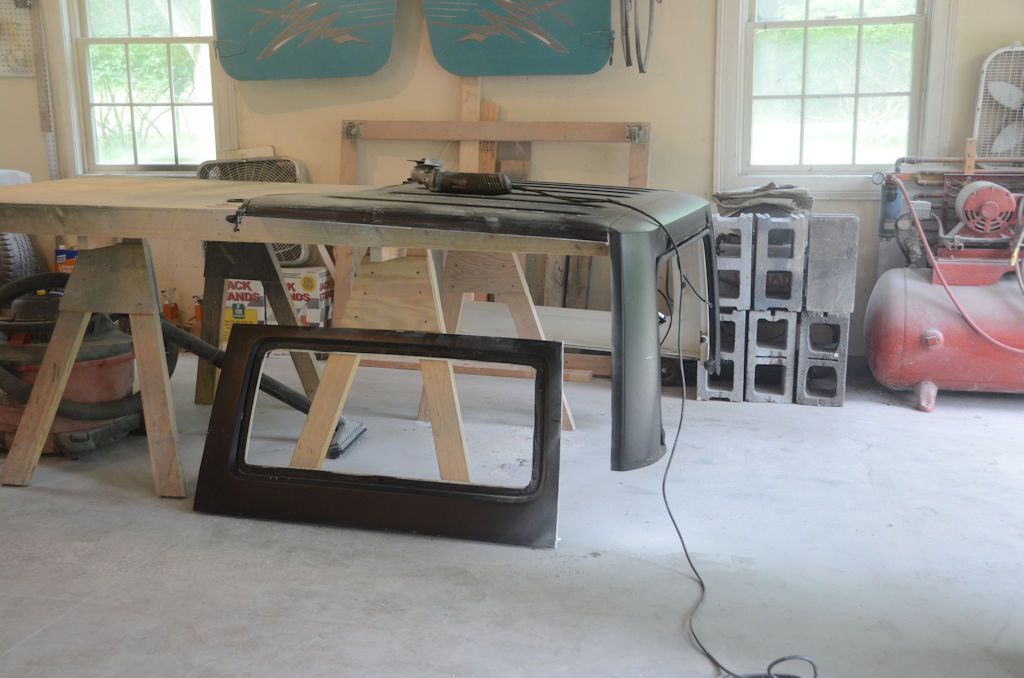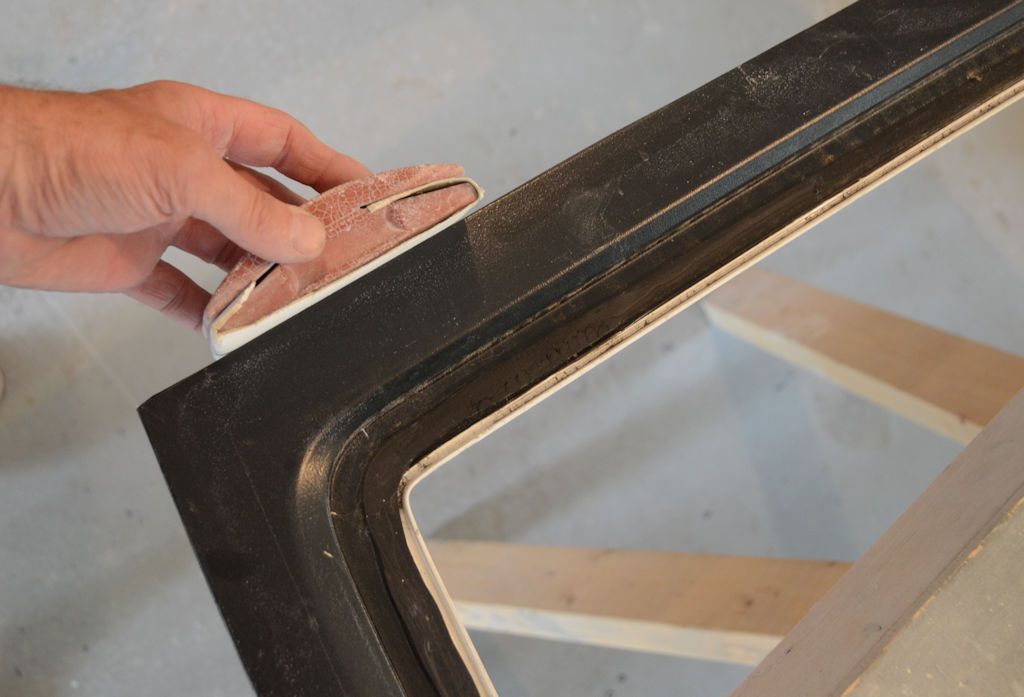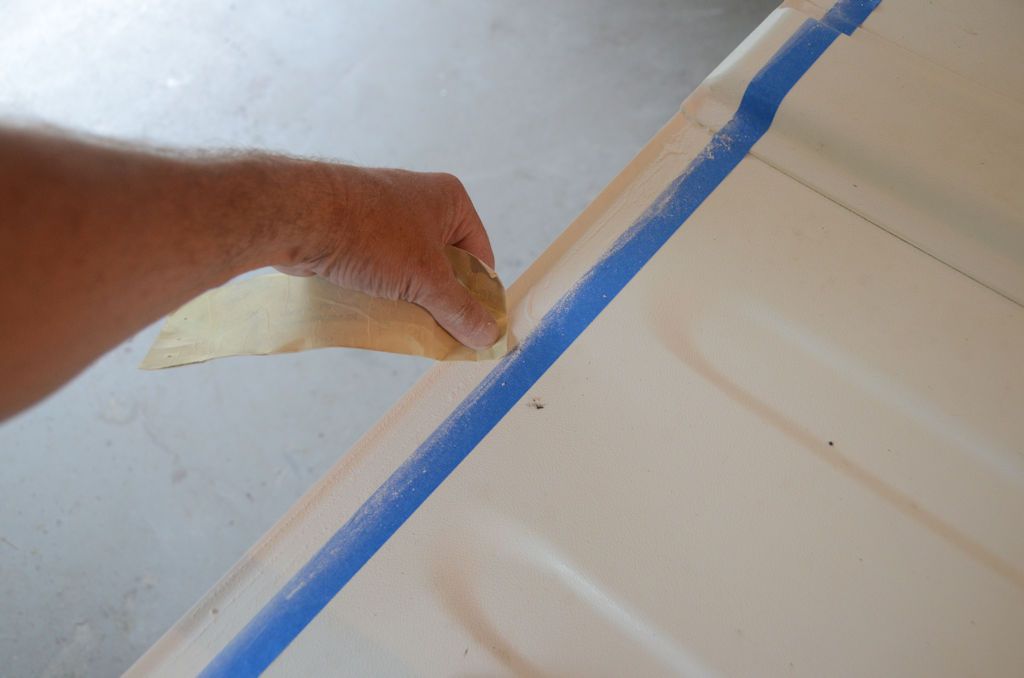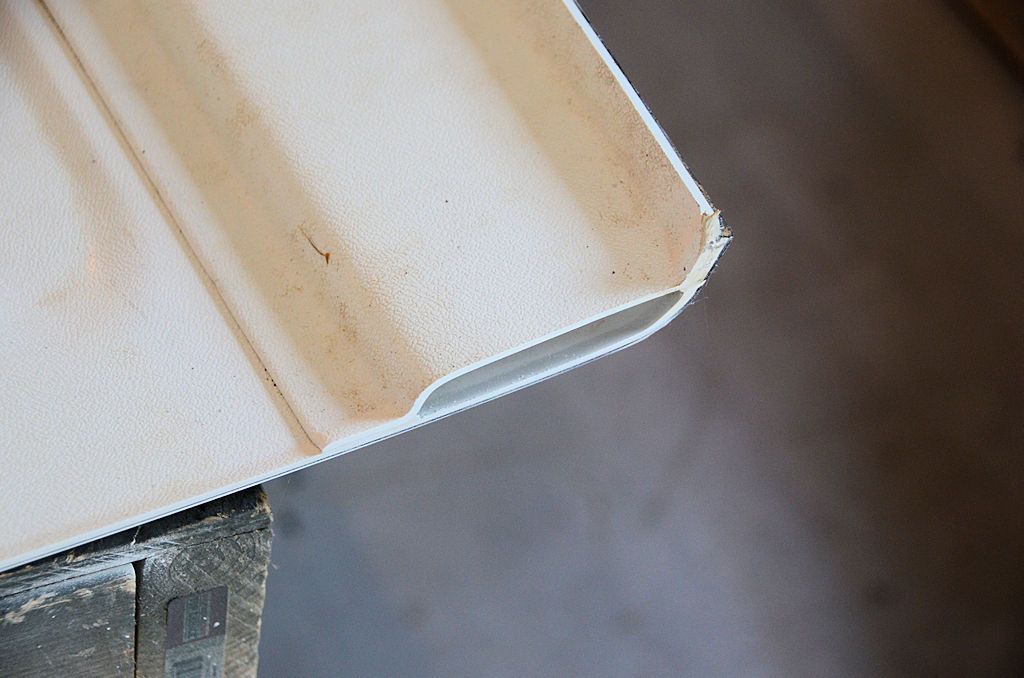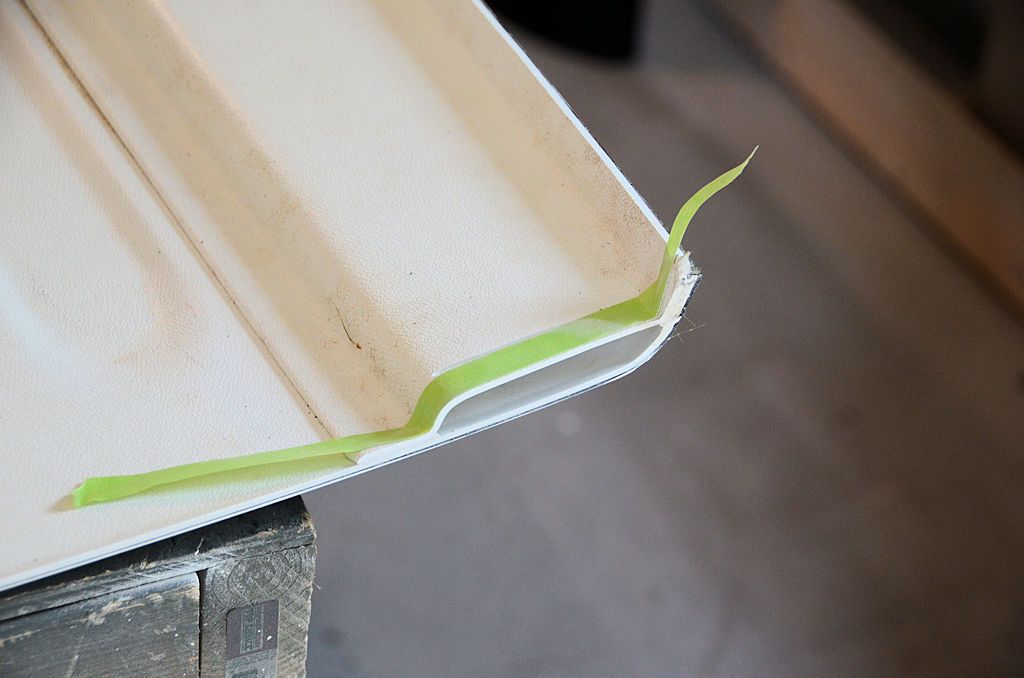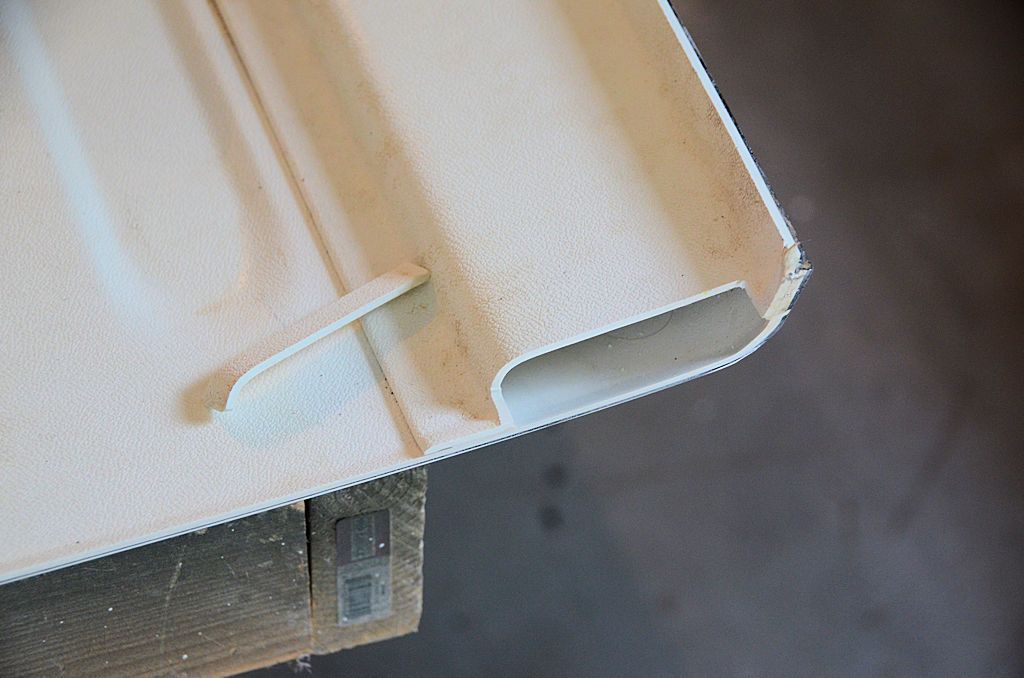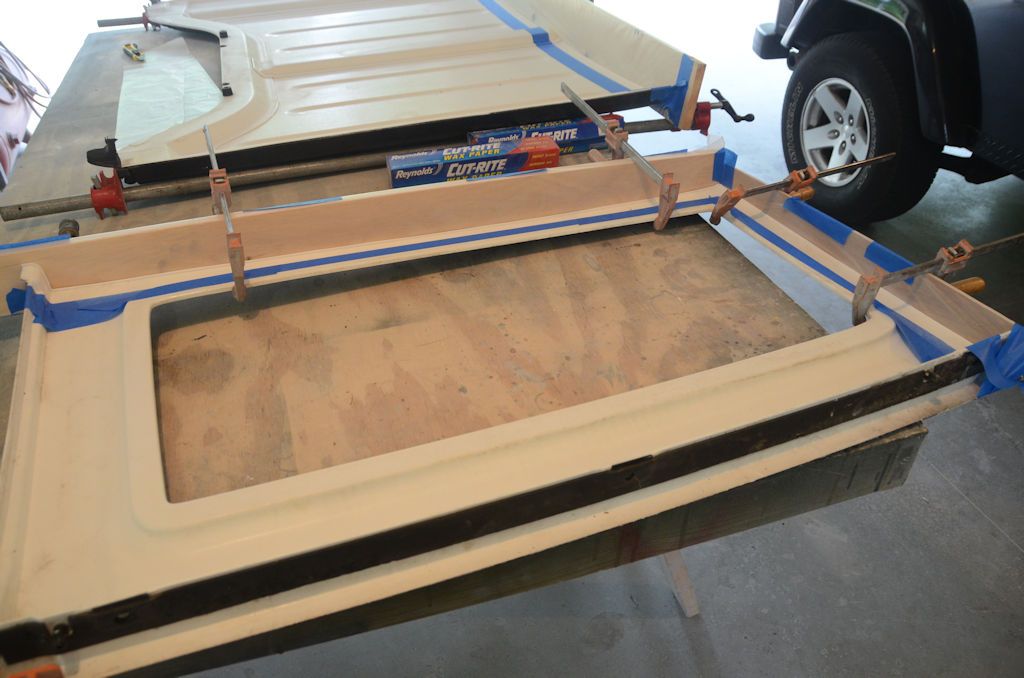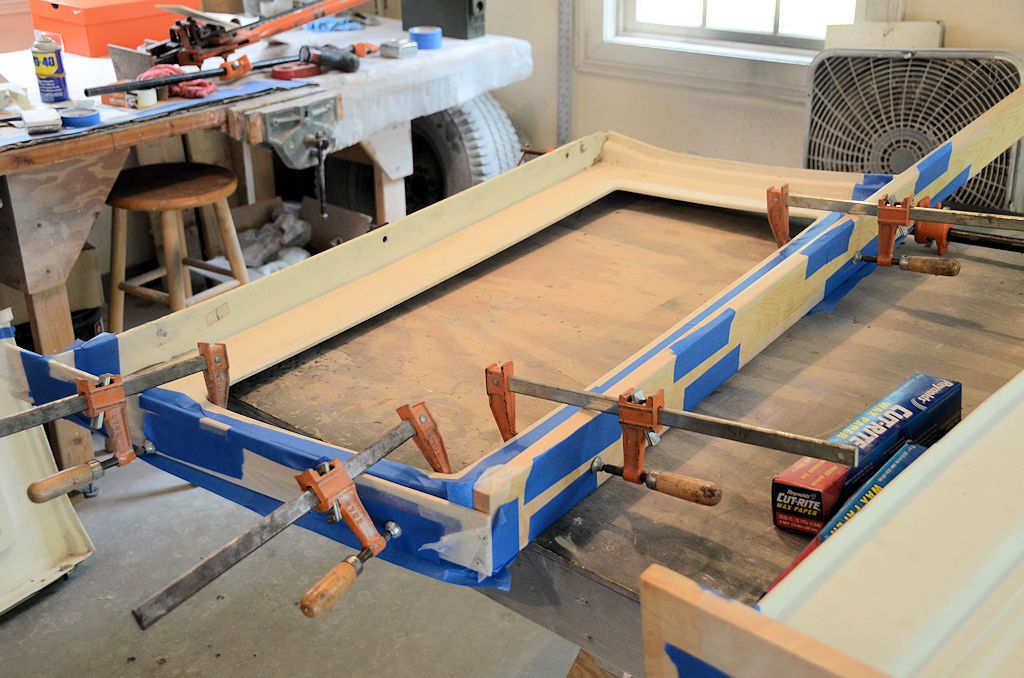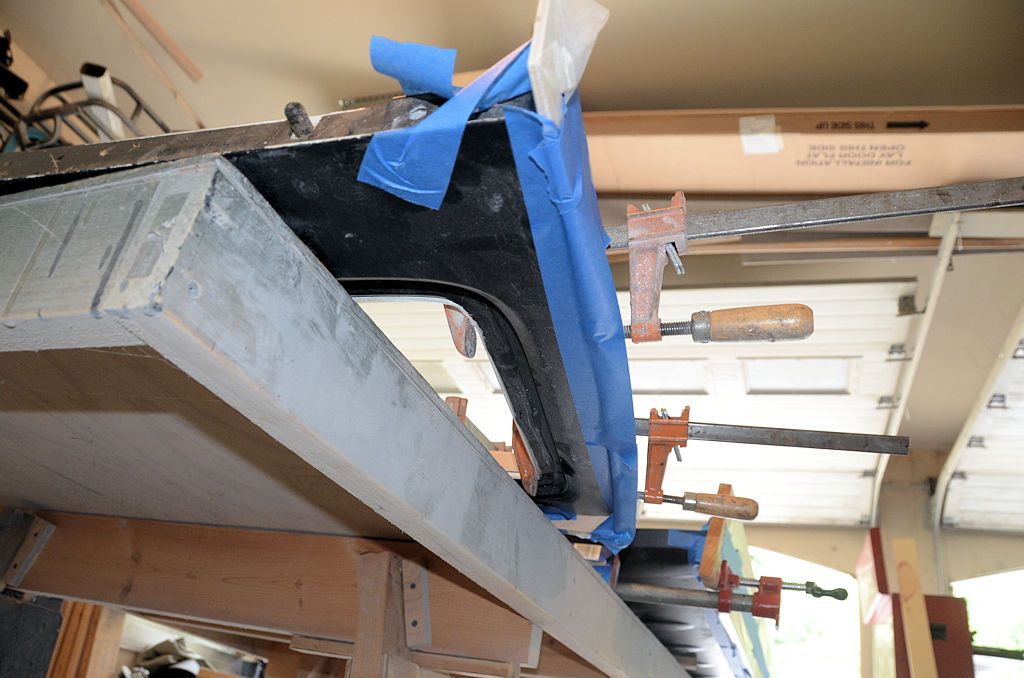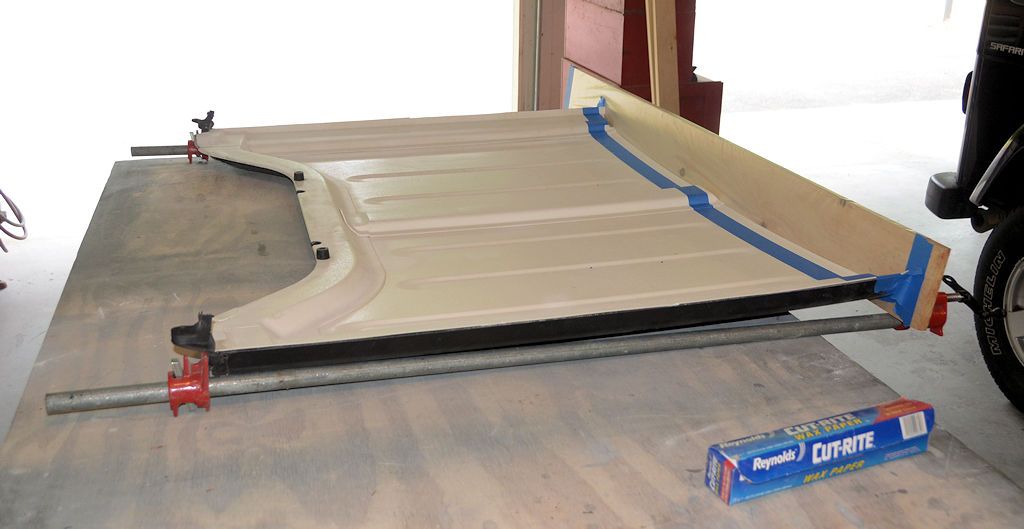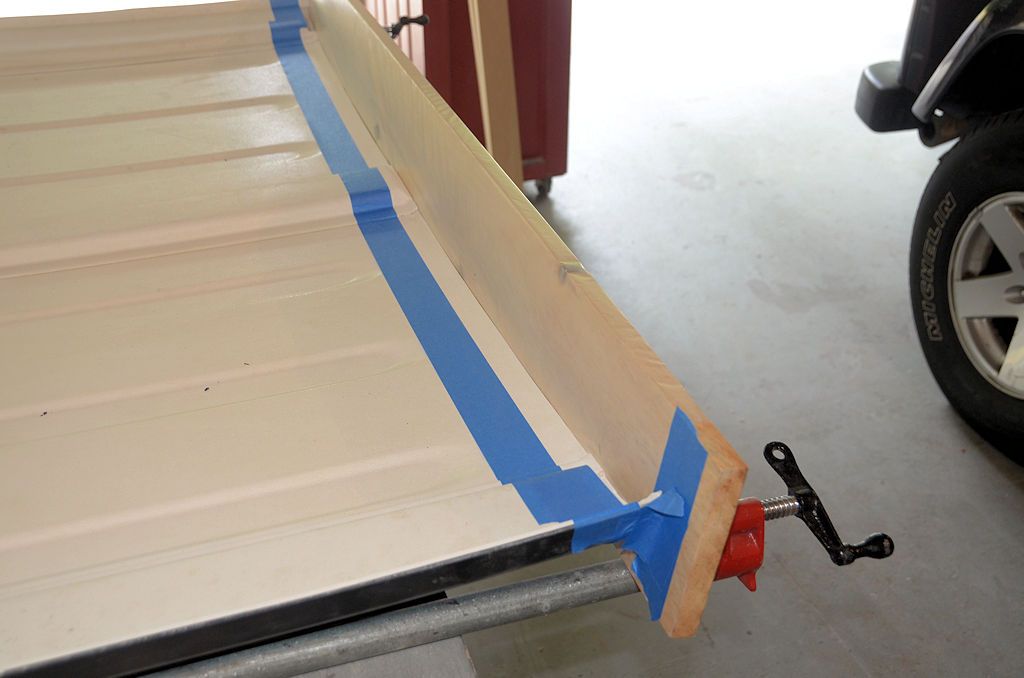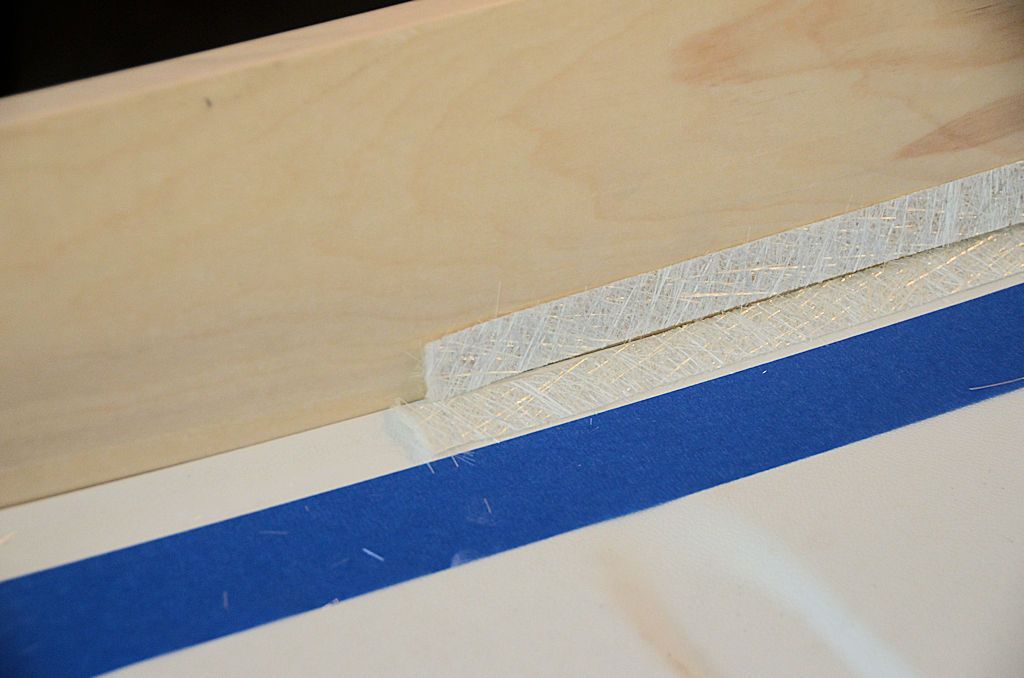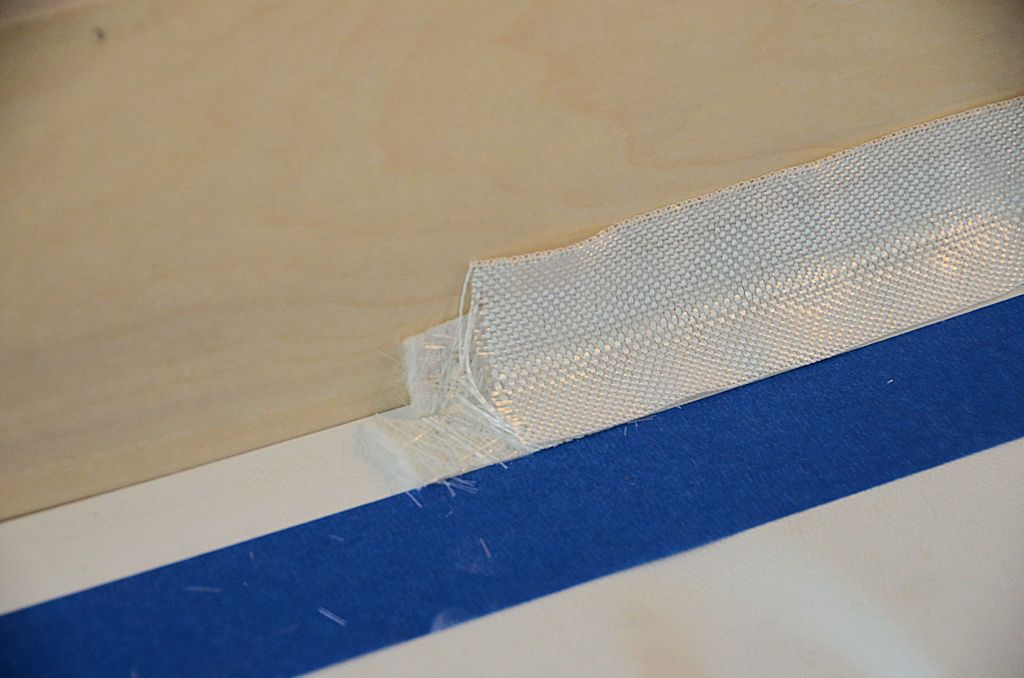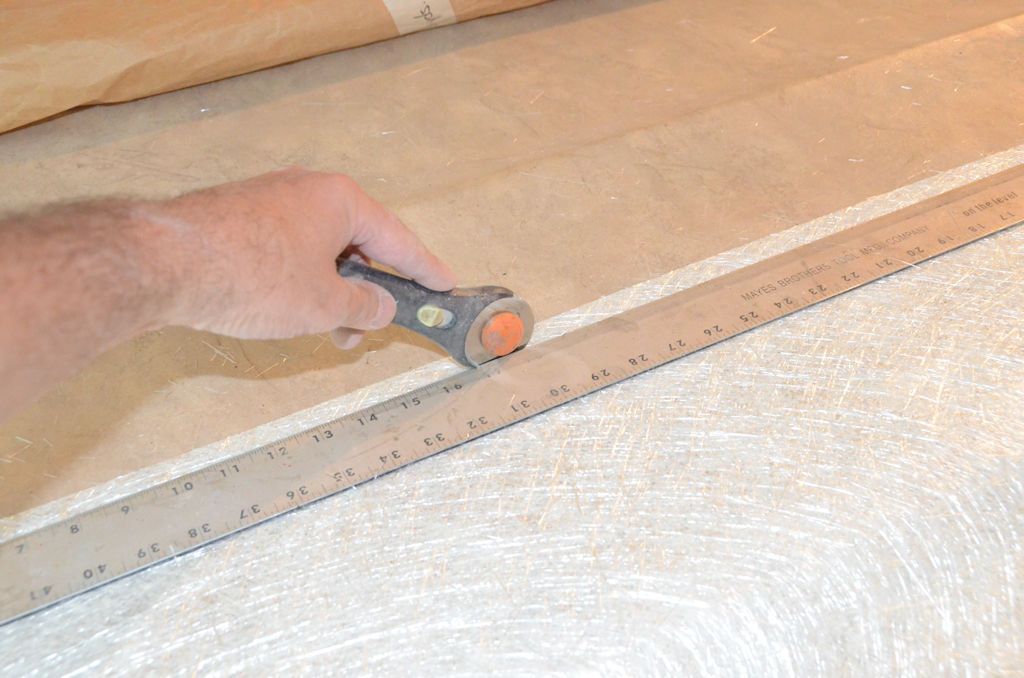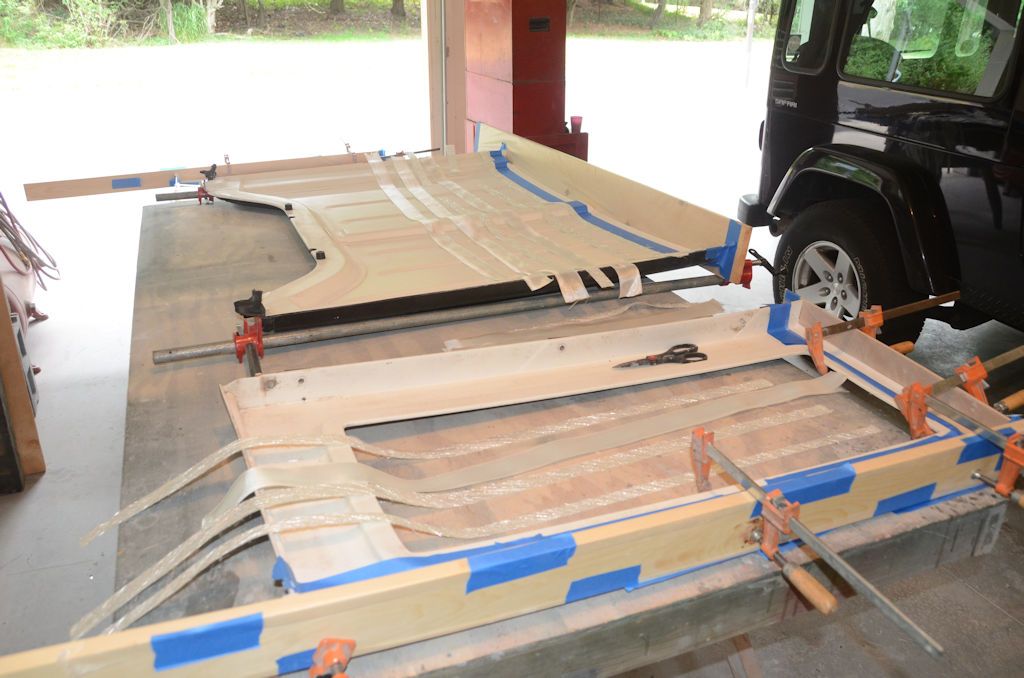jscherb
Expedition Leader
Factory hardtops are awkward - being one piece (ignoring the freedom panels for the moment) they're big, bulky and very hard for one person to lift off or install safely or easily. They can also be very stuffy inside - the side windows are bonded in place and don't open. I think there's a better way - going modular.
I've been designing and building modular Jeep hardtops for the past 6 years. It all started back in 2010 with my LJ "Safari Cab" hardtop project. The modular design of the LJ Safari has worked out extremely well over the years - being assembled from multiple smaller parts, it's easier for one person to install, remove and store than a traditional hardtop, and the modular design has also allowed a range of configurations, including swapping the hard sides/glass windows for soft sides that roll up.
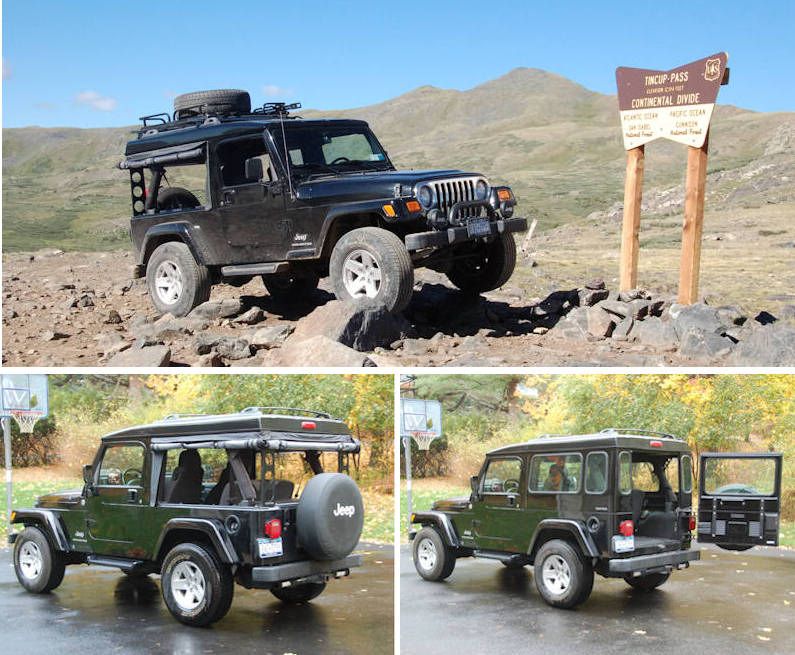
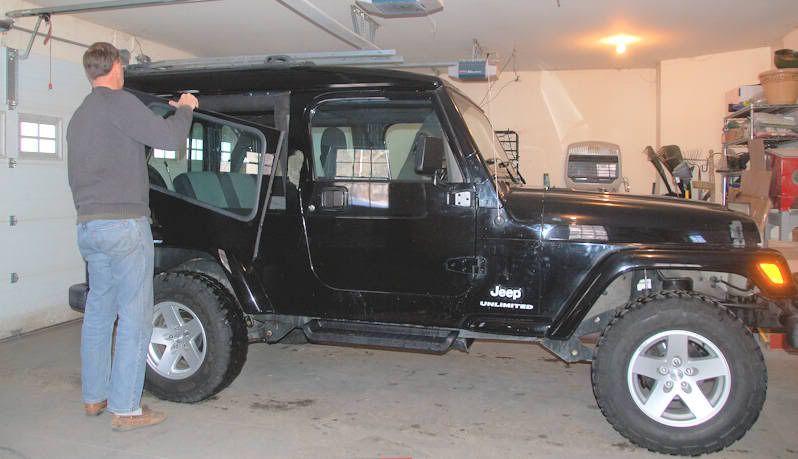
Recently a company asked me to design a slider window retrofit kit for them to market for the JK, the idea is to replace the factory bonded-on side windows of the JK hardtop with opening windows. I finished up that project for the JKU and the next step was to do the JK 2dr version. To do that I needed a 2dr hardtop to work with, so I picked up a 2dr hardtop shell I found on Craigslist.
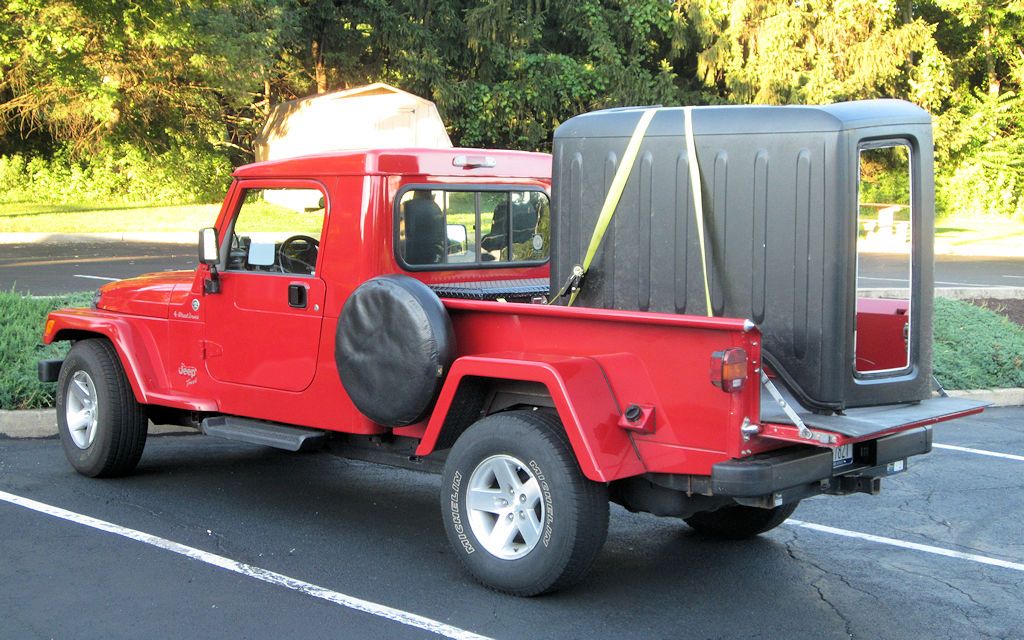
I decided that shell would also make a good candidate for an idea I've had for a long time, which is to convert a factory hardtop to modular. Converting it to modular would also make my window retrofit project easier because I could work on the hardtop side panel on my workbench rather than having to always work on the one-piece hardtop. So I cut the hardtop into pieces:
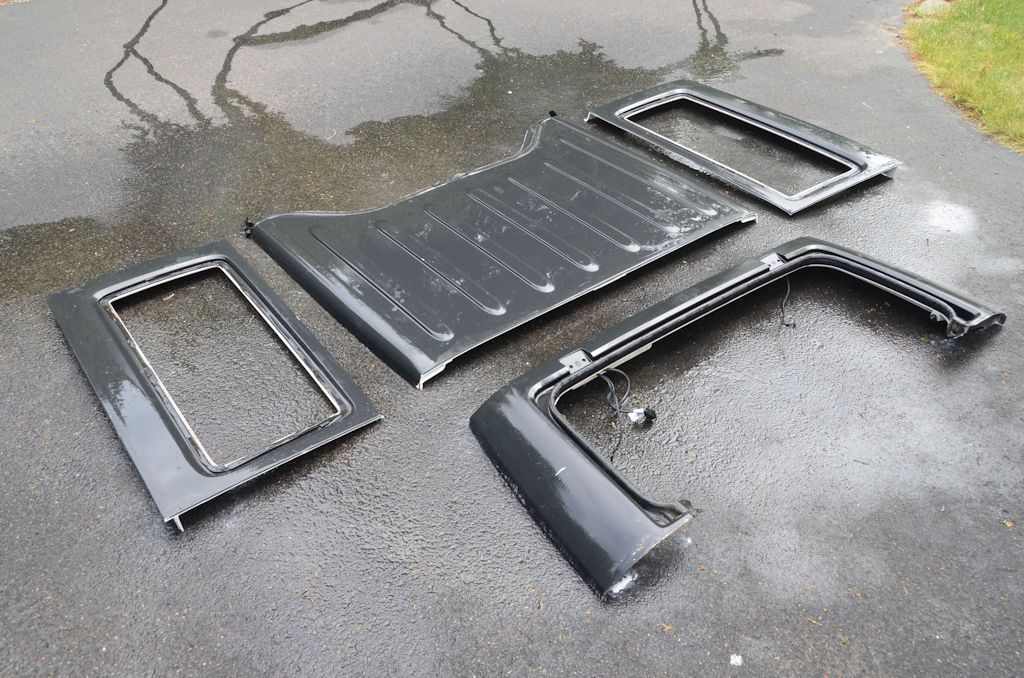
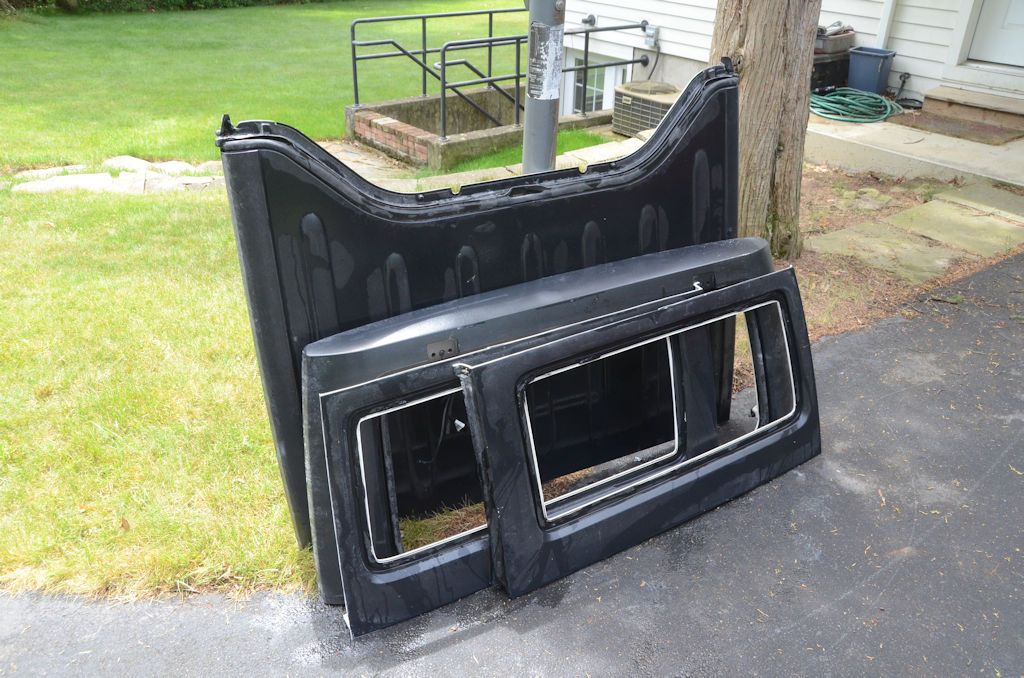
I came up with a design and DIY-process for converting factory JK/JKU hardtops to modular assembly, and the purpose of this thread is to share that process in case anyone wants to convert their hardtop.
I've been designing and building modular Jeep hardtops for the past 6 years. It all started back in 2010 with my LJ "Safari Cab" hardtop project. The modular design of the LJ Safari has worked out extremely well over the years - being assembled from multiple smaller parts, it's easier for one person to install, remove and store than a traditional hardtop, and the modular design has also allowed a range of configurations, including swapping the hard sides/glass windows for soft sides that roll up.


Recently a company asked me to design a slider window retrofit kit for them to market for the JK, the idea is to replace the factory bonded-on side windows of the JK hardtop with opening windows. I finished up that project for the JKU and the next step was to do the JK 2dr version. To do that I needed a 2dr hardtop to work with, so I picked up a 2dr hardtop shell I found on Craigslist.

I decided that shell would also make a good candidate for an idea I've had for a long time, which is to convert a factory hardtop to modular. Converting it to modular would also make my window retrofit project easier because I could work on the hardtop side panel on my workbench rather than having to always work on the one-piece hardtop. So I cut the hardtop into pieces:


I came up with a design and DIY-process for converting factory JK/JKU hardtops to modular assembly, and the purpose of this thread is to share that process in case anyone wants to convert their hardtop.

